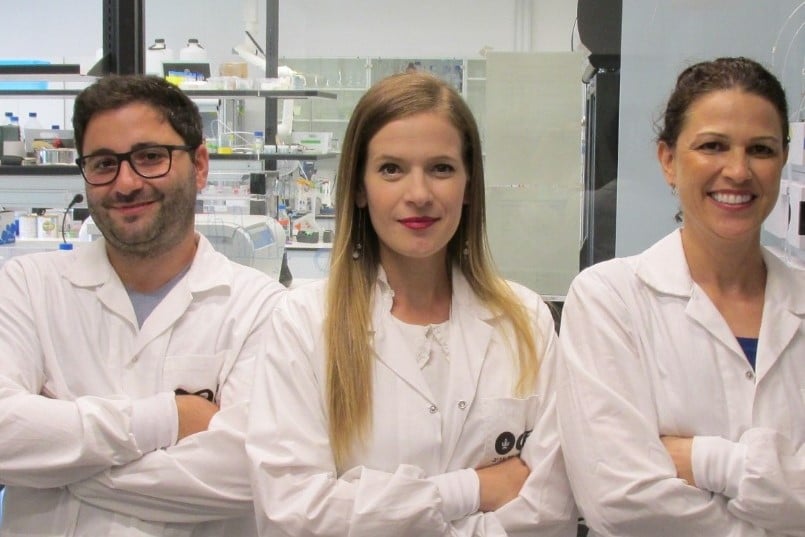Combination of ultrasound and nanobubbles enables specific targeting and minimizes damage to surrounding tissue.
By Israel21c Staff
Scientists from Tel Aviv University have developed a noninvasive way to destroy cancerous tumors in a targeted way by combining ultrasound and the injection of nanobubbles into the bloodstream. Their findings were recently published in the journal Nanoscale.
The prevalent method to treat cancer is invasive and involves the surgical removal of the tumor in combination with complementary treatments such as chemotherapy or immunotherapy.
An existing alternative to surgery is therapeutic ultrasound, in which high-frequency soundwaves produce thermal or mechanical effects to destroy tumors. However, the heat and high intensity of the ultrasound waves may damage nearby tissues.
Furthermore, until now, scientists have only managed to inject microbubbles into the tumor itself.
“Our new technology makes it possible, in a relatively simple way, to inject nanobubbles into the bloodstream, which then congregate in the area of the cancerous tumor. After that, using a low-frequency ultrasound, we explode the nanobubbles, and thereby the tumor,” explains TAU’s Dr. Tali Ilovitsh.
“The combination of nanobubbles and low-frequency ultrasound waves provides a more specific targeting of the area of the tumor and reduces off-target toxicity,” she adds. “Applying the low frequency to the nanobubbles causes their extreme swelling and explosion, even at low pressures.”
She noted that this method “has the advantages of ultrasound in that it is safe, cost-effective, and clinically available, and in addition, the use of nanobubbles facilitates the targeting of tumors because they can be observed with the help of ultrasound imaging.”
Could treat larger tumors
Another advantage, Ilovitsh explains, is that low-frequency ultrasound increases the depth of penetration, minimizes distortion and attenuation and enlarges the focal point.
“This can help in the treatment of tumors that are located deep within the body, and in addition facilitate the treatment of larger tumor volumes,” she said.
“The experiment was conducted in a breast cancer tumor mouse model, but it is likely that the treatment will also be effective with other types of tumors, and in the future, also in humans,” Ilovitsh says.
Commercial potential
Tel Aviv University’s technology transfer company, Ramot, has applied for several patents to protect the technology and its application.
“We believe in the commercial potential of this breakthrough technology in cancer treatment, and we are in contact with several leading companies in Israel and abroad to promote it,” said Ramot CEO Keren Primor Cohen.
In another development, scientists from Tel Aviv University have recently made a discovery that could potentially revolutionize cancer treatment. In a study they conducted on mice, they found that adding a second, existing drug to chemotherapy may reduce breast cancer relapses by 88 percent. Their findings were published in the journal Nature Communications.
